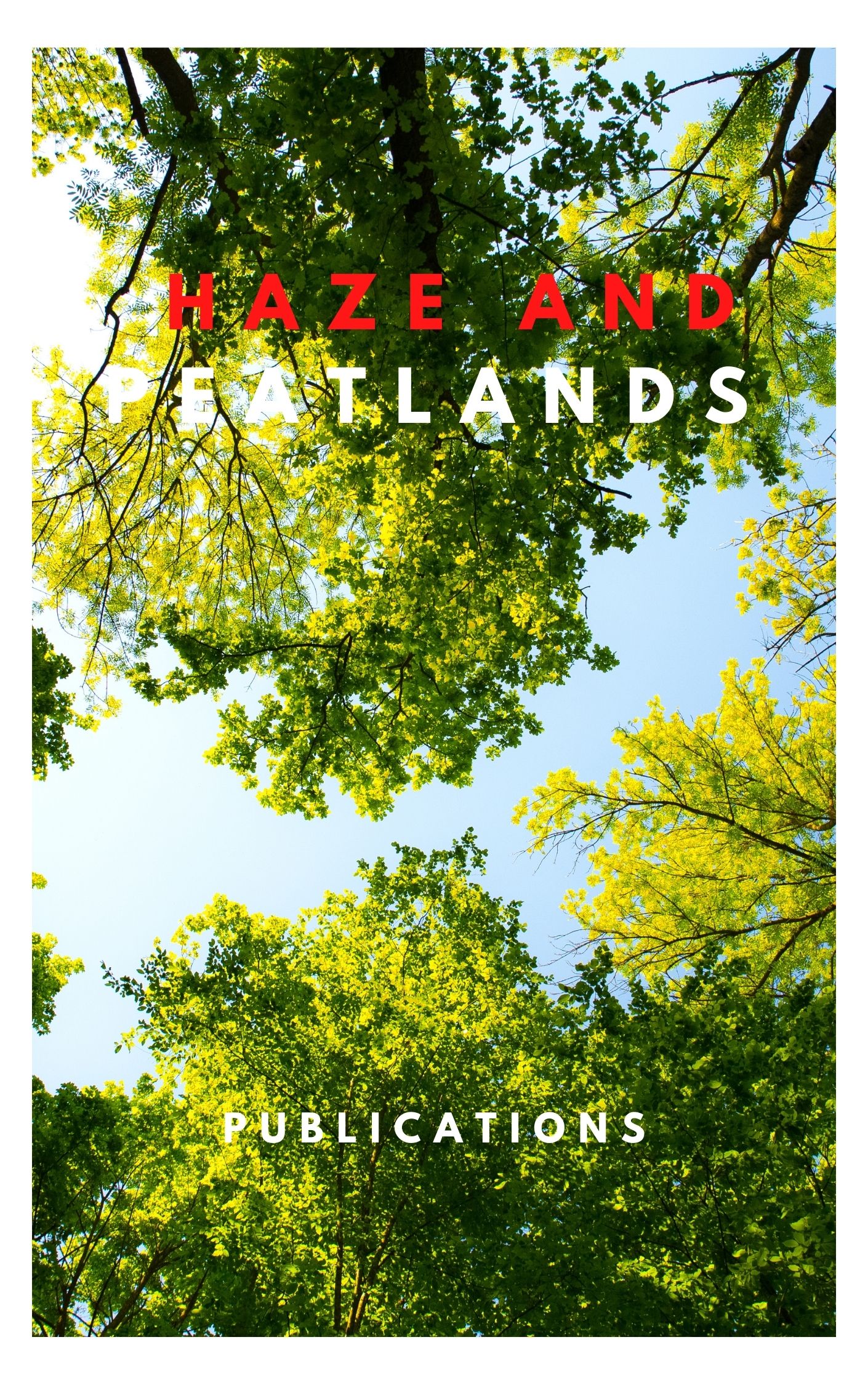Chiang Mai is the second largest city in Thailand, and a popular tourist destination with around 7 million tourists per year. It situated in the Northern region, about 700 kilometers north of Bangkok. Eighty per cent of the area is mountains and 70 per cent of the land is forest area. The topography and the rapid and diverse socio-economic structure of the province have affected not only land use change and economic activities but also the quality of its environment. Chiang Mai has been facing the problem of haze pollution over the past decade, particular during the dry season from February to May. With the exposure and vulnerability of the area, this problem occurred annually and has affected Chiang Mai tremendously. This research aims to investigate the building resilience of Chiang Mai through various sectors (academic, government, private, and local communities) during the past 10 years, between 2007 and 2016. The perception and coping strategies of the villagers and communities in the most affected areas are also examined. Primary data were collected by focus group interviews with people from government, private, academic, and civil society sectors, and interviews with 400 villagers from the most affected areas in San Pa Tong, Doi Lo, Chom Thong, and Hot Districts. Results show the interesting progress in resilience of the population of Chiang Mai province over the past 10 years, from response to recovery, mitigation, and preparation for long term sustainability. It indicates that the road to resilience has faced with many difficulties, particularly at the community/village level where most of the villagers lack the opportunity to participate with the higher levels. © 2018 The Authors. Published by Elsevier Ltd.
View source

